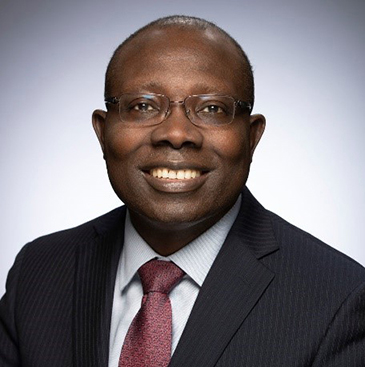Investment Performance
Q1 2025 Report

Thank you for choosing Seattle Foundation as your partner in philanthropy. We know that you share our commitment to creating a region of shared prosperity, belonging, and justice. We appreciate your confidence in us to manage your assets in service of a greater goal: fostering a community where everyone can thrive. We are pleased to share these results from Q1 and we welcome any questions or feedback
Market Conditions
International equity markets, including the MSCI EAFE and Emerging Market indices, grew positively in the first quarter. In contrast, U.S. Large Cap equities struggled with policy uncertainty and trade war concerns. Increased fund flows into international equities were driven by the dollar’s poor performance. The MSCI ACWI ex U.S. also recorded gains. Emerging Europe excelled due to favorable growth rates and fundamentals, while parts of southern Asia underperformed amid growth concerns.
Investment-Grade Corporate Bonds saw a modest return for the quarter, driven by falling Treasury yields and contractual coupons. Spreads widened slightly to remain close to historic lows and below the 10-year median. Higher-quality issues outperformed: Aa-rated corporates showed strong gains, A-rated had notable gains, and Baa-rated had consistent gains. Quarterly issuance increased compared to the previous year, amounting to a substantial sum.
Economic data shows resilience with stable unemployment, spending, and inflation. However, policy uncertainty from fluctuating tariffs, federal spending cuts, and widespread layoffs clouds the macroeconomic outlook.
Generating returns that support a mission is challenging due to constant uncertainty and complexity. Diversification, valuation discipline, and non-consensus thinking are crucial, particularly at key moments when shared perspectives might be mistaken for objective reality.
Portfolios
The Balanced Pool is Seattle Foundation’s primary investment pool and is actively managed to deliver returns at 5% plus CPI over a long-term horizon. It maintains a diversified portfolio that includes exposure to global equity markets, alternative investments, and more conservative asset classes such as U.S. Fixed Income. Over the last 10 years, the Balanced Pool has gained 6.5% per annum. The Pool returned -0.3% in the first quarter and registered a 4.9% gain in the last 12 months. The portfolio’s forward returns tend to be highly correlated to complexity of an investment climate—greater challenges translate to higher returns.
In addition to our Balanced Pool, we offer other investment options to meet our fundholders’ needs. Our Socially Responsible Pool, designed to meet ESG (Environmental, Social, and Governance) requirements while also providing competitive economic returns, returned -0.1% for the quarter. Our Intermediate-Term Pool, designed to meet the expectations of donors with a grantmaking horizon in the 2–7-year range, returned 1.5% for the quarter. The Foundation also manages a Short-Term Pool for donors with very short grantmaking horizons. This pool is intended to preserve capital as best as possible and returned 1.3% for the quarter. Lastly, the Foundation offers an Index Pool, which is all passive, and a Growth Pool. These pools returned 0.3% and 1.0% in the quarter, respectively.
We are thankful for the opportunity to support you in creating powerful, rewarding philanthropy to make King County a stronger, more vibrant community for all. We welcome your questions and comments about Seattle Foundation.
Sincerely,

Joseph Boateng
Chair of Investment Committee
